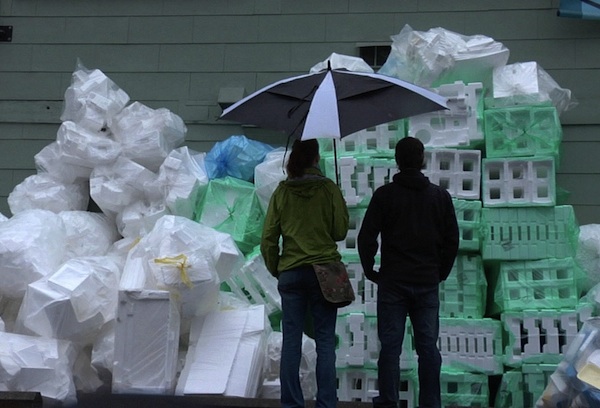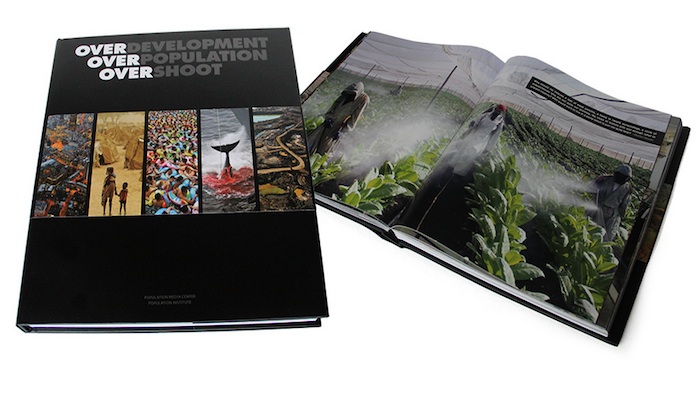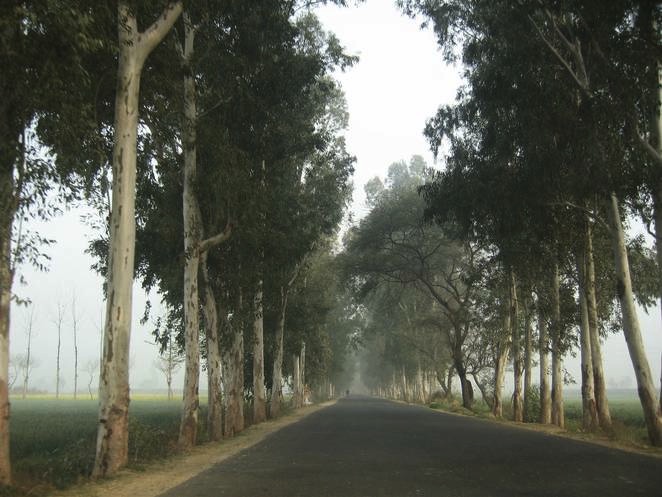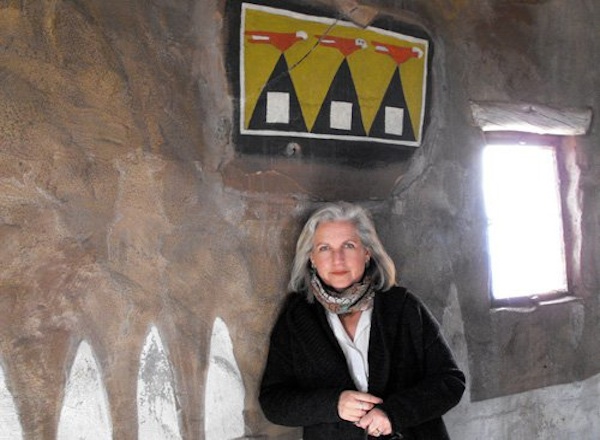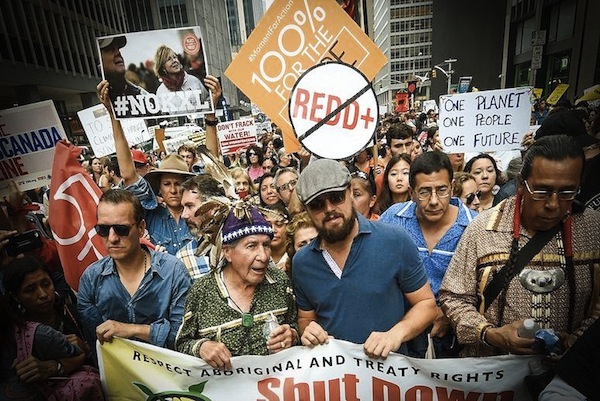If someone were to set up a telephone booth sized box on your street filled with unwanted items — such as books, toys and small knick knacks, perhaps — and then topped it off with a “Free” sign, what do you think would happen? If Switzerland is any indication, passersby turned salvagers and recyclers would appear out of nowhere, sifting their way through other people’s unwanted discards, thinking up ways to put their newfound discoveries to good (re)use. Some would even add their own unwanted items to the box. Neighborhood exchange boxes have helped Geneva, Switzerland reuse 32 tons of goods thus far thanks to a program called BOÎTES D’ÉCHANGE ENTRE VOISINS–a box for exchange between neighbors. But can it work in other cities? Started in 2011, people leave items that they do not want, and take items that they do want. It’s that simple. Or is it? The environmental benefits of increasing reuse are obvious, but from the project creator’s perspective, there’s more to the Neighbourhood Exchange Box program than just going green. It’s also part urban art and part social experiment, providers of unusual opportunities to create social and cultural links between people in a neighborhood. The program […]
Continue reading... →Visit San Francisco, and you might see a bicycle whizzing past with dozens of bouquets. While receiving flowers always makes people smile, Farmgirl Flowers gives people even more reasons to smile—sustainable practices and American-grown flowers. Here, Farmgirl Flower founder Christina Stemble talks with Urban Farm about how she keeps her blooming business—now nationwide—in line with her mission of sustainability. How did Farmgirl Flowers get its start? I started Farmgirl Flowers about five years ago, in Nov. 2010, with an idea of how to change the way flowers are purchased in the U.S. I’d like to say I started the business because I have a passion for flower, but in truth it wasn’t a burning desire to work with flowers: It was a dream to start a business that did something good. When working at Stanford University as the director of alumni relations and campaign outreach for the law school, I noticed that the flowers we would order for events cost more than I thought they should. That led me to start researching the flower industry, which is when I found that it was a huge industry, but with a tremendous number of problems and very little innovation. So I set […]
Continue reading... →Polystyrene foam, aka the devil’s clamshell, aka the indestructible insulator, aka green public enemy No. 1, may have finally met its match: mealworms. (Polystyrene and “Styrofoam” are regularly — and incorrectly — used interchangeably. Styrofoam is a kind of polystyrene, but not the kind you’re thinking of.) That’s right. It turns out, those squirmy little grubs are more than just a hot menu item for entomophagy enthusiasts. They, too, have quite an appetite, and according to the Environmental News Network (ENN), that appetite happens to include Styrofoam and other forms of polystyrene: While this diet doesn’t sound remotely healthy for the worms, researchers have yet to identify any adverse effects. In comparison studies, mealworms that ate exclusively Styrofoam were equally as healthy as those that ate a more standard diet of bran. Researchers are currently in the process of verifying that families of worms that consume only plastic are still healthy generations from now. Additionally, they want to confirm that predators that eat mealworms remain healthy after consuming worms that eat Styrofoam. Styrofoam and other polystyrene foam are poisonous to a lot of animals, so mealworms’ ability to digest them came as quite a surprise to scientists. “There’s a possibility of really important research coming out of bizarre places,” Stanford researcher Craig Criddle said in a […]
Continue reading... →A provocative new environmental book, has become an international media sensation. Featuring over 200 heart-wrenching images, the powerful book brings stark attention to the growing crises posed by overdevelopment and human population size and growth. There are thousands of essays, articles and books dealing with population but “Overdevelopment, Overpopulation, Overshoot” provides a convincing new way of understanding the impacts of population size on human welfare and nature. Through well-chosen quotes, and stunning photographs, this largely visual presentation documents the realities and role of burgeoning human numbers on a broad variety of important areas including the destruction of wildlife and natural systems, air and water pollution, food insecurity and climate change. This consequential book should be read by political leaders, development planners, and the public to bring about an end to the current neglect of voluntary family planning. As Nobel laureate Henry W. Kendall noted “If we do not voluntarily bring population growth under control in the next one or two decades, nature will do it for us in the most brutal way, whether we like it or not.” –J. Joseph Speidel, Co-Director, UCSF Bixby Center for Global Reproductive Health Advanced copies of the large format coffee-table photo-thriller were released in […]
Continue reading... →The rest of the world should plant more trees too India’s Rural Development Ministry has decided to try to tackle two problems at the same time: Youth unemployment and bad air quality. It has unveiled a plan to hire youths – potentially up to 300,000 – to plant 2 billion trees along the country’s highways. “The length of National Highways in the country is one lakh kilometer [about 62,137 miles]. I have asked officials to come out with a plan to plant 200 crore [2 billion] trees along these stretches which in turn would create jobs for the unemployed on the one hand and protect the environment on the other,” said Shipping and Rural Development Minister Nitin Jairam Gadkari. Not only would this help provide jobs to a segment of the population that needs them and make the country more beautiful, but trees are also great at improving air quality. India tends to have big problems with that, as does much of Asia and the Middle-East: A recent study shows that tree leaves can capture a substantial amount of particulate pollution. The research was conducted in the UK; The scientists started by measuring how much air pollution go into a […]
Continue reading... →The author and activist talks with YES! about millennials, climate change, and how she can’t imagine being alive at “a more thrilling, challenging time.” Terry Tempest Williams lives with her husband in Utah, but I met her in Vermont, near Dartmouth College, where she teaches part of each year. The lush foliage of a damp New England spring is nothing like the desert terrain she grew up with, she told me when we sat down together during my brief visit last May. She relishes the many species of trees, birds, and plants, but sometimes all the green makes her feel closed in, and she yearns for the dry, open country of home. It’s her deep connection to place and to wilderness that Williams is known for. Her books celebrate the prairie dog, migratory birds, and the natural history of the Utah desert. But she also writes about her Mormon faith, about the cancer that took the lives of her mother, brother, grandmother, and other members of her extended family—and about her belief that above-ground nuclear testing is to blame. Williams’ writing is enriched by a practice she mentioned several times in our conversation: “ground truthing.” She doesn’t settle for secondhand […]
Continue reading... →About a year ago, Meatless Monday featured “Cowspiracy,” the documentary linking animal agriculture and environmental disaster. The film just nailed distribution through Netflix . Kip Andersen, co-producer/director of “Cowspiracy: The Sustainability Secret,” considered himself to be an environmentalist. He recycled to reduce waste, took quick showers to save water, supported several environmental organizations. Then “I did some research and discovered all these incredible things — rainforest destruction, species extinction — can all be tied to animal agriculture. Jeez, this is the cause?” And if so, why was no one talking about it? Stunned, Andersen “checked the websites of my favorite nonprofits — Greenpeace, Sierra Club, Surfrider — I didn’t see anything on there. I started emailing and calling over months, years, and no avail. That’s when I started to step this up, that’s when I teamed up with Keegan [fellow producer/director Keegan Kuhn] to get to the bottom of this.” The bottom, it turns out, is a long way down. The feature-length documentary follows Anderson on his journey into the heart of darkness. And silence. “There’s suppression and mismanagement of information,” says “Comfortably Unaware” author Dr. Richard Oppenlander, the degree of which surprised even Kuhn of First Spark Media. “I […]
Continue reading... →Since it was first created in 2013, South Africa’s Black Mambas Anti-Poaching Unit has arrested six poachers, shut down five poacher camps, and reduced snaring (the practice of baiting and trapping animals) by 76% in the Balule Private Game Reserve. It will come as little surprise, therefore, that the 26-member ranger unit, comprised mainly of women, has been honored by the United Nations Environmental Program (UNEP) with its highest environmental prize — the Champions of the Earth Award.
Continue reading... →These contractors are taking the term “going green” quite literally. As part of an emerging trend here in the U.S., many buildings are incorporating the use of a hemp-based material to provide insulation. The brick, which is known as “hempcrete,” is made by mixing the wood-like interior of the Cannabis sativa plant with lime and water to form a block that serves as a flexible, breathable, and fireproof insulation that is impervious to mold and pests. For decades, because the plant contains trace amounts (.3%) of THC, the chemical found in marijuana, it has not been legal to grow in the US. Though it can be imported from Canada, builders might soon be able to use ‘Made in the USA’ plants, since the farm bill passed last year allowed a few hemp-farming pilot projects to launch. So far, 20 states have removed barriers to industrial hemp production. It could become even more widely applied if Congress passes the Industrial Hemp Farming Act, introduced early this year, which would amend the Controlled Substances Act to exclude industrial hemp from the definition of marijuana. This would allow American farmers in any state to grow the crop. The New York Times reported that hempcrete has […]
Continue reading... →A new report finds that over the past year, the amount of money committed to be pulled from companies that produce coal, oil, and natural gas has grown fifty-fold. Over the past year, investors holding $2.6 trillion in assets have pledged to divest from companies that produce coal, oil, and natural gas, according to a report issued Tuesday. The study was issued by the group Divest-Invest, which calls on institutional and private investors to hold themselves accountable for the environmental impacts of their investments. “One year ago today, exactly, we announced that the total [divestment] at that point was $52 billion, and committed to tripling that amount before the U.N. Climate Conference in Paris in December of this year,” said Ellen Dorsey, executive director of the Wallace Global Fund, at a press conference Tuesday in New York. “That means we’ve seen a fiftyfold increase in the total combined assets of those committed to divestment from fossil fuels, and with it, we’ve seen a growing number of commitments to invest in climate solutions,” Dorsey said. The report comes as Pope Francis landed in the United States, where he is expected to press again for immediate and decisive action on climate change. […]
Continue reading... →

